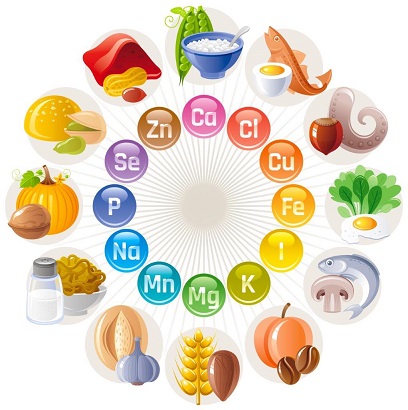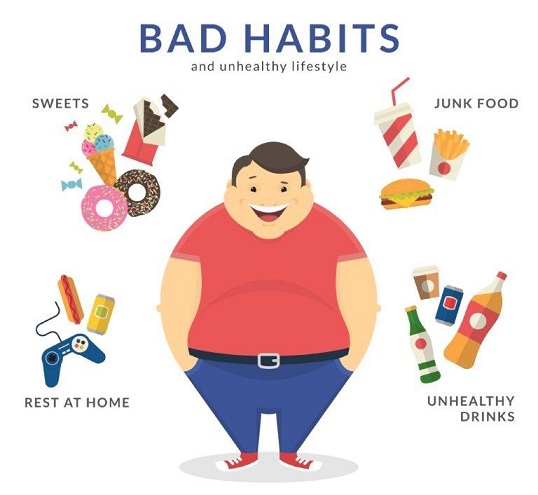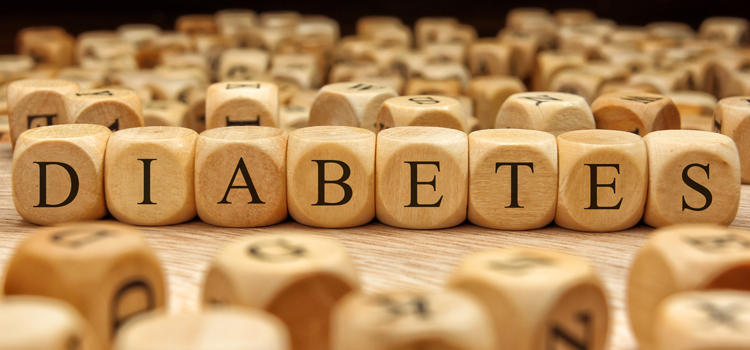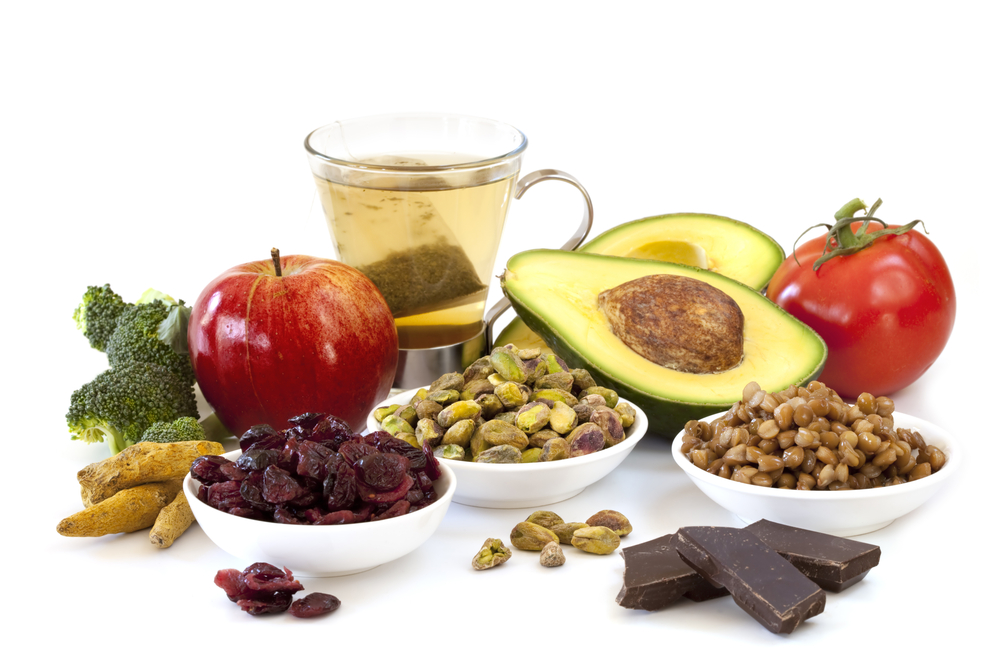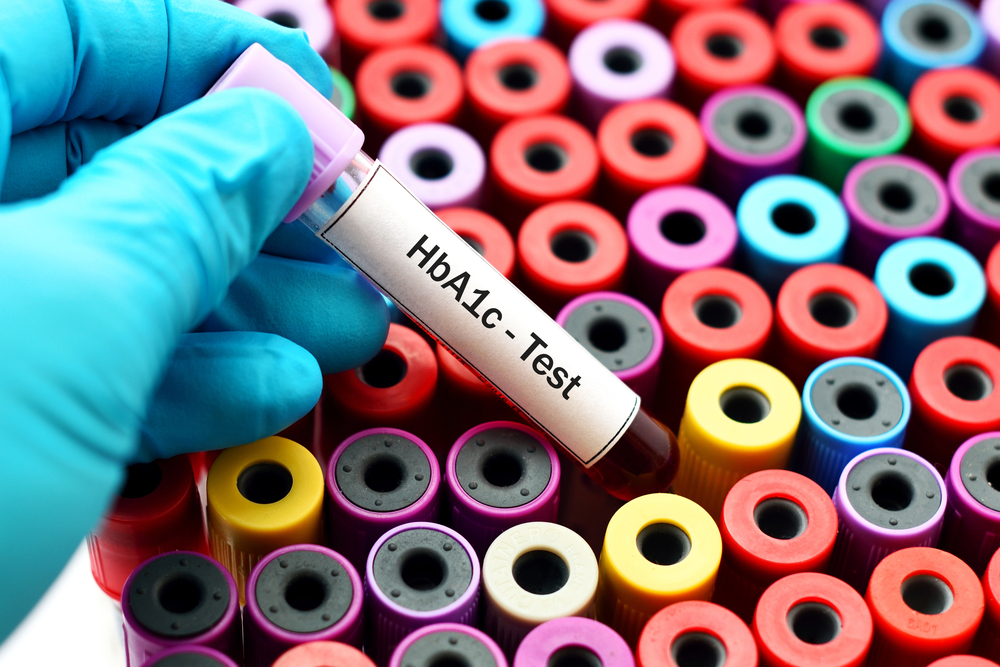What are the Best Low Glycemic Index Foods?
 Managing diabetes requires maintaining blood sugar levels. It means consuming a well-balanced, healthy diet. Regarding a diabetes diet, glycemic index is an important factor to consider. Selecting low glycemic index foods can help manage diabetes symptoms.
Managing diabetes requires maintaining blood sugar levels. It means consuming a well-balanced, healthy diet. Regarding a diabetes diet, glycemic index is an important factor to consider. Selecting low glycemic index foods can help manage diabetes symptoms.
This blog post explores the concept of glycemic index and provides a low GI food list that can be used to plan a diabetic diet.
What is the glycemic index?
The Glycemic Index (GI) is a rating system for foods containing carbohydrates. It measures how quickly each food affects the blood sugar (glucose) level when eaten independently. GI was developed for diabetic people to better manage their blood sugar levels by maintaining a balanced diet.
What are high vs low glycemic index foods?
Foods can be ranked on a scale from 0 to 100. Foods that are broken down rapidly by the body and cause a sudden increase in blood glucose have a high GI rating. Common high-GI foods include sugary foods, sugary soft drinks, white bread, potatoes, and white rice.
On the other hand, foods with a low glycemic index or low GI are broken down more slowly, leading to a gradual increase in blood glucose levels over time. This includes fruits and vegetables, pulses, and wholegrain foods like porridge and oats.
How is the glycemic index related to diabetes?
The glycemic index of foods can be particularly useful for people with type 2 diabetes, as eating low glycemic index foods can help control blood glucose levels. However, it’s essential to consider the overall amount of carbohydrate consumed, as this has a more significant impact on blood sugar levels after meals than the GI rating of a single food.
What are the foods with a low glycemic index?
Incorporating items from a low-GI food list for diabetes into a diet is a smart strategy for managing diabetes and maintaining stable blood sugar levels. Here’s a comprehensive look at such foods, divided into various categories:
Fruits
Fruits are often misunderstood in diabetic diets due to their sweetness. However, low-glycemic fruits can be included without significantly impacting blood sugar levels. Some low-GI fruits include citrus fruits, berries, stone fruits, apples and pears.
These fruits provide the sweetness one might crave without the rapid sugar spike of high-GI fruits.
Whole Grains
Whole grains are an integral part of a low-glycemic diet plan. They are digested slower than processed grains, thus releasing glucose gradually into the bloodstream. Consider incorporating barley, whole wheat, rice, and oat bran into the diet.
Including a variety of whole grains ensures a fibre-rich diet, which can further help regulate blood sugar levels.
Legumes and Vegetables
Vegetables and legumes are the cornerstones of a low-glycemic diet. These are very high in important vitamins and minerals and have a low GI, making them ideal for a diabetic diet. Some great choices are leafy greens, cruciferous vegetables, lentils, and beans.
These low-GI foods for diabetics can be steamed or lightly cooked to maintain their nutritional value and GI properties.
Dairy and Alternatives
Milk, cheese, and yoghurt, which are unflavored and unsweetened, are considered excellent choices from the glycemic index food chart. Plant milk alternatives, such as soy and almond milk, also fit this category.
Proteins
Proteins have a negligible effect on blood sugar levels and are important to the low-GI foods list. They can help in maintaining muscle mass and keeping one full. Some protein-rich, low-GI options include poultry, fish, eggs, and meat.
Nuts and Seeds
Nuts and seeds are excellent low-GI foods for diabetes. They are high in healthy fats, protein, and fibre, contributing to their low GI. Peanuts, almonds, walnuts, pumpkin seeds, chia seeds, and flax seeds are great choices.
How to create a low-glycemic diet plan?
When creating a low-glycemic diet plan, focusing on the quality of carbohydrates rather than eliminating them is important. Here are some steps to consider:
- Choose low-GI carbohydrates with a GI of 55 or less.
- Include a source of protein and healthy fat to slow digestion and the release of glucose.
- Monitor portion sizes to prevent blood sugar spikes.
A low glycemic diet is a tool for managing diabetes and a lifestyle choice that can improve overall health. By focusing on low GI foods, individuals with diabetes can enjoy a diverse and nutritious diet that supports stable blood sugar levels.
FAQs
1. What are zero glycemic index foods?
Foods without carbohydrates, such as meat, poultry and fish, are zero glycemic index foods.
2. Can a low GI diet help with weight loss?
Yes, a low GI diet can aid weight loss in addition to the benefits it provides for diabetes management.
3. Is a low GI diet restrictive?
A low GI diet restricts foods with a high glycemic index. However, it also provides a variety of healthy options to choose from.





